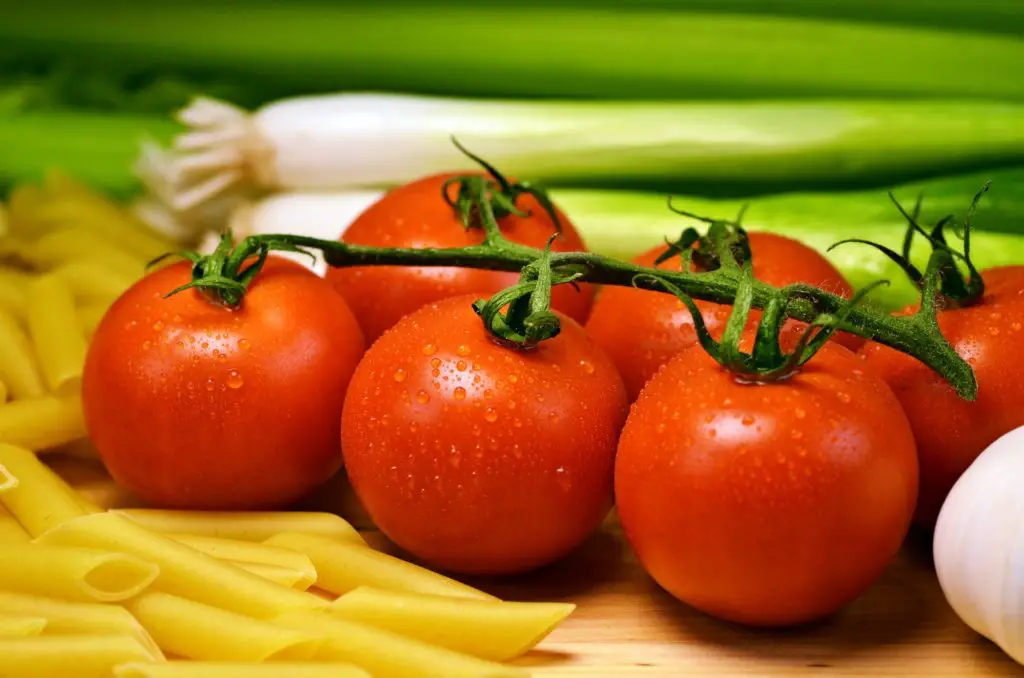What, if Any, are the Differences Between Cajun and Creole Seasoning?
So you're a fan of spicy foods? You might thing Cajun and Creole based seasonings are the same, and if not, very similar, but this is not the case. They both fall into the "spicy" category, but they each have their own hints which make them unique, and allow them to stand alone and apart as their own distinguished spice blends.
So what is the difference between Cajun and Creole seasoning? Can you really tell the difference when you put these spices on different foods you consume? Let's take a look at the seasonings, and what does make each of them different and unique in their own way.
More...
A look at the actual foods –
Before delving into the spice category itself, let's take a look at the style of cooking. One of the distinguishing characteristics in Creole cuisine, which is not present in Cajun cuisine, is the fact that Creole dishes have a base of tomato (paste or whole) in the cooking.

Another distinguishing characteristic of the Creole based cooking (and dishes) is the base. This is the "one pot" method. Onions, peppers, and celery, are found at the heart of nearly any and all Creole based dishes or recipes you can find online or in a cookbook.
The Cajun cuisine follows a three-pot method (one for rice, one for vegetables, and one for the main dish/meat). Creole foods on the other hand are influenced by many different people and cultures. Spanish, German, French, Irish, and even African influences are found as a base for the Creole dishes which are prepared, giving the dishes their own distinct characteristics.
The actual spices –
1. Cajun -
So what distinguishes Cajun spices and blends? When preparing Cajun spices and seasonings, the staple ingredient is a mix or blend of peppers, which gives the spices their hot/spicy taste. Black and white peppers are both heavily used in developing these spices.
In addition to the "peppery" spices, there are also a variety of peppers (including bell, red, and yellow peppers) which are used in Cajun spices. Cayenne peppers are also a staple in preparing Cajun based spice blends.

Other heavily used ingredients are paprika and garlic, which gives a distinguishing taste to the spices, and also helps to balance out the peppery ingredients in the dry spice combinations. Onion and celery are used heavily in Cajun dishes, but are often used in a powder form in spice preparation as well.
2. Creole -
Creole seasoning relies more on a blend or mix of ingredients. Similar to the actual dishes and foods, which are basically a melting pot of various cultures, the spice blends also take on a similar preparatory fashion.
Some of the ingredients which are frequently used in the Creole seasoning includes:
- Herbs. The seasoning is heavily herb based, and includes thyme, basil, oregano, and bay leaves.
- Paprika is typically used for the fiery or spicy undertone in the spices.
Parsley and rosemary are also heavily used in developing the Creole based spices. Not only to help give some flavor and to balance the heat, but also to add some color and depth to the blends, both wet and dry, which are heavily used in Creole based cooking and dishes.
You may want to know the difference between chuck roast and chuck steak
Creole: A variation on European spice blends –
Another distinguishing characteristic or trait of Creole based seasonings is that they follow a similar pattern/ingredient makeup as European based spices. This is due in great part to the fact that many of the dishes and manner in which Creole foods are prepared, are heavily influenced by European cultures as well.
The pepper or seasonings are a variation of the refined cooking styles which are found in many European cultures and dishes.
Creole seasoning does overlap slightly with Cajun seasoning in terms of the spicy or heat aspects. Although it relies heavily on the leafy based herbs (which are taken from European cultures), the paprika and pepper blends are a nuance which is frequently found in the Cajun based spices.
Cajun Seasoning: the Essential blend –
One of the distinguishing characteristics of Cajun seasoning is the spice, or the heat factor, which is omnipresent in most of their foods and seasonings. The essential element or ingredients in these spices come in the form of peppers (typically on the mild to spicier side). Of course, as mentioned above, the black and white pepper variety are heavily used in this type of spice preparation.
With this in mind, Cajun seasoning does get a mild taste from the additional pepper blends which are frequently used in developing the spices and seasonings which the cuisine is so well known for. These include: bell, yellow, and cayenne peppers, which are used in high volume in the seasoning blends.
Additional blend added to Cajun seasoning –
Cajun seasonings also add in an eclectic mix of additional ingredients, which give their seasonings additional taste/flavor, as well as texture which Creole seasoning is not known for. Among these ingredients are: thyme, oregano, sage, and parsley.
Basically anything which can add a little color to the mix, and anything which can add depth, while balancing the hotter and milder pepper blends which are often used in creating these spices.
Smoky versus hot –
Another distinguishing characteristic between the two seasonings is the level of heat/spiciness. When it comes to the hotness factor, Cajun blends tend to have a smokier or richer flavor blend.
On the other is, the Cajun based spices, typically take on the hotter or spicier side of things, and these characteristics give each of the seasoning and spice blends their own unique and distinguishing characteristics, which makes each their own distinct spice variety.
Although the spices do have a few similarities, and are heavily influenced by the cultures and regions where many of the ingredients they use come from, both Cajun and Creole seasoning and spices do have their own distinct characteristics as well. These are a few of the nuances between the two spices and cooking styles. These are a few of the difference between Cajun and Creole seasonings which make each blend unique, and give each their own distinct flavor blend and profile in the cooking world.


